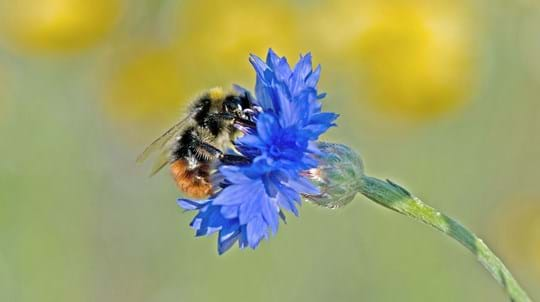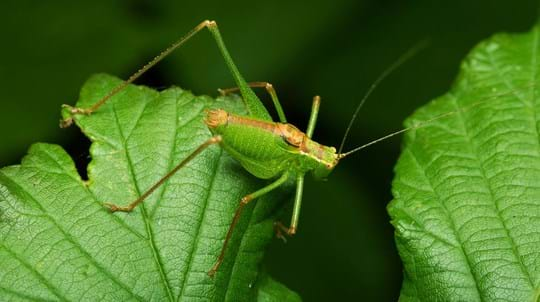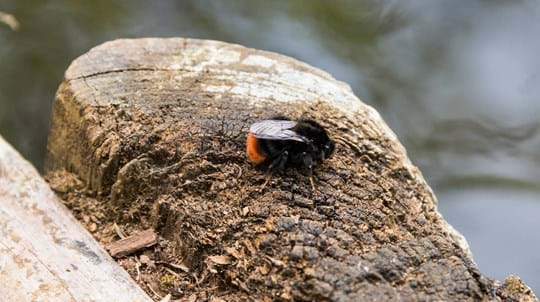
Blog
Types of bee in the UK: how to tell the difference
Charlotte Varela • 31 Jul 2023
Bees, wasps and ants all form part of the insect order Hymenoptera, a large and diverse group made up of 'membrane-winged' insects. Most are social animals, with colonies made up of queens, drones and workers, although there are some solitary species. Bees and wasps are important pollinators, while many ant species play a vital role in woodland ecosystems.
Trees woods and wildlife
The king of the wasps with a fearsome reputation, the hornet is actually much less aggressive than its smaller cousin, the common wasp.
Trees woods and wildlife
Acid-spraying insects with a soft side. Southern wood ants roam our woods in huge gangs and have a surprising approach to finding their favourite food.
Trees woods and wildlife
A new arrival and a welcome addition to the UK's bumblebees. This enterprising bee has quickly set up home across Britain and happily takes to nest boxes provided by kindly gardeners.
Trees woods and wildlife
These picnic ruiners might not be the UK's most popular invertebrate, but they are efficient pollinators.

Blog
Charlotte Varela • 31 Jul 2023

Trees woods and wildlife
Find out about the millions of woodland insects and invertebrates that live among the leaves, under bark, in dead wood, leaf litter and soil.

Blog
Charlotte Varela • 18 Nov 2022

Woodland wildlife is fading before our eyes. Please support our appeal to save rare and threatened species.
Donate now